In a groundbreaking development, researchers at the University of Oxford have engineered an innovative drone-based system to monitor bee populations using tiny radar tags. This cutting-edge technology aims to address the critical decline in pollinator numbers and its potentially devastating impact on global ecosystems and food security, reports the BBC.
Tiny Tags, Big Impact
The new Biotracks technology employs harmonic radar tags that are carefully attached to bees “like a rucksack,” as described by Dr. Tonya Lander, the team leader from Oxford’s biology department.
“We ended up inventing the smallest harmonic radar tag ever,” Lander explained, emphasizing that the tags are designed to be lightweight enough not to interfere with the bees’ natural behavior or flight patterns.

Drone-Powered Tracking: A Game-Changer
A crucial component of this system is a receiver carried by a drone that flies above the tagged bees. This setup allows researchers to track bee movements across much larger areas than previously possible, potentially revolutionizing our understanding of pollinator behavior and habitat use.
Associate Professor of Engineering Science Chris Stevens elaborated on the technology:
“We have a radar transmitter sitting on the ground, a small tag attached to the back of the bee in between where the wings attach like a little rucksack and a receiver that’s carried on a drone flying up above.” He further explained, “It illuminates the bee, then pings back a higher frequency signal, which we can locate with another radio receiver.”
Expanding Research Capabilities
The Biotracks technology significantly expands the potential range for tracking insects. Prof. Stevens noted that this system could potentially cover “an entire field,” compared to previous methods that were limited to just a few meters. This expanded range opens up new possibilities for studying bee foraging patterns, migration routes, and responses to environmental changes.
Urgent Need for Pollinator Research
This research comes at a critical time in the face of global pollinator decline. Dr. Lander highlighted the urgency of the situation:
“More than 85% of plant species are insect pollinated but 40% of insect species are at risk of extinction.” She added, “That means if they don’t receive pollination, they’ll set fewer or possibly no seeds, which means no fruit for us to eat but also no reproduction of those plants for the next generations.”
The team emphasizes the “urgent” need to locate insects, monitor behavior, follow local movements, and track swarm migration. This technology could provide crucial insights into these aspects of pollinator ecology.
Overcoming Technical Challenges
Developing this technology was no small feat. Prof. Stevens described tracking small insects with radar as an “engineer’s extreme sport” due to its complexity. The team had to overcome several challenges, including miniaturizing the radar tags, ensuring they didn’t affect bee behavior, and developing a drone system capable of safely carrying the necessary equipment.
Future Applications and Collaborative Potential
While the technology has been successfully developed and tested, Dr. Lander stated that they haven’t yet moved to “the stage of actually doing the biology.” The team is at a transition point, poised to begin in-depth studies of bee behavior and ecology using their new tools.
Importantly, the Oxford researchers are eager to share this equipment with other scientists, potentially revolutionizing the study of pollinator populations worldwide. This collaborative approach could accelerate our understanding of pollinator decline and inform conservation strategies.
DroneXL’s Take
This innovative use of Drone Technology for environmental research aligns with a growing trend of using drones for good. By combining miniaturized sensors with the flexibility and range of drones, scientists are opening up new possibilities for understanding and protecting our ecosystems.
The Biotracks technology exemplifies how drones can be used to tackle complex environmental challenges. Similar approaches could be applied to track other endangered species, monitor habitat changes, or assess the impact of conservation efforts. As we’ve seen in recent developments in drone technology, the potential applications for environmental research and conservation are continually expanding.
This research not only demonstrates the power of interdisciplinary collaboration between biologists and engineers but also highlights the crucial role that advanced technology can play in addressing pressing ecological issues. As we face the challenges of climate change and biodiversity loss, innovations like this drone-assisted bee tracking system may prove invaluable in guiding evidence-based conservation strategies.
What are your thoughts on using drones to track bee populations? Do you see potential for similar technologies in other areas of environmental research? Share your opinions in the comments below.
Discover more from DroneXL.co
Subscribe to get the latest posts sent to your email.
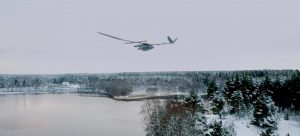
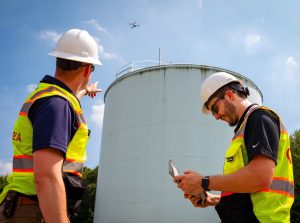



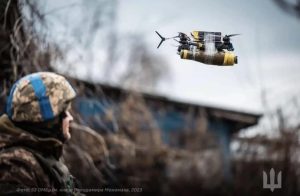


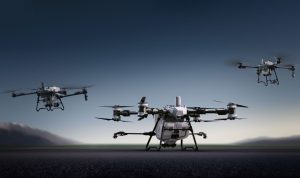
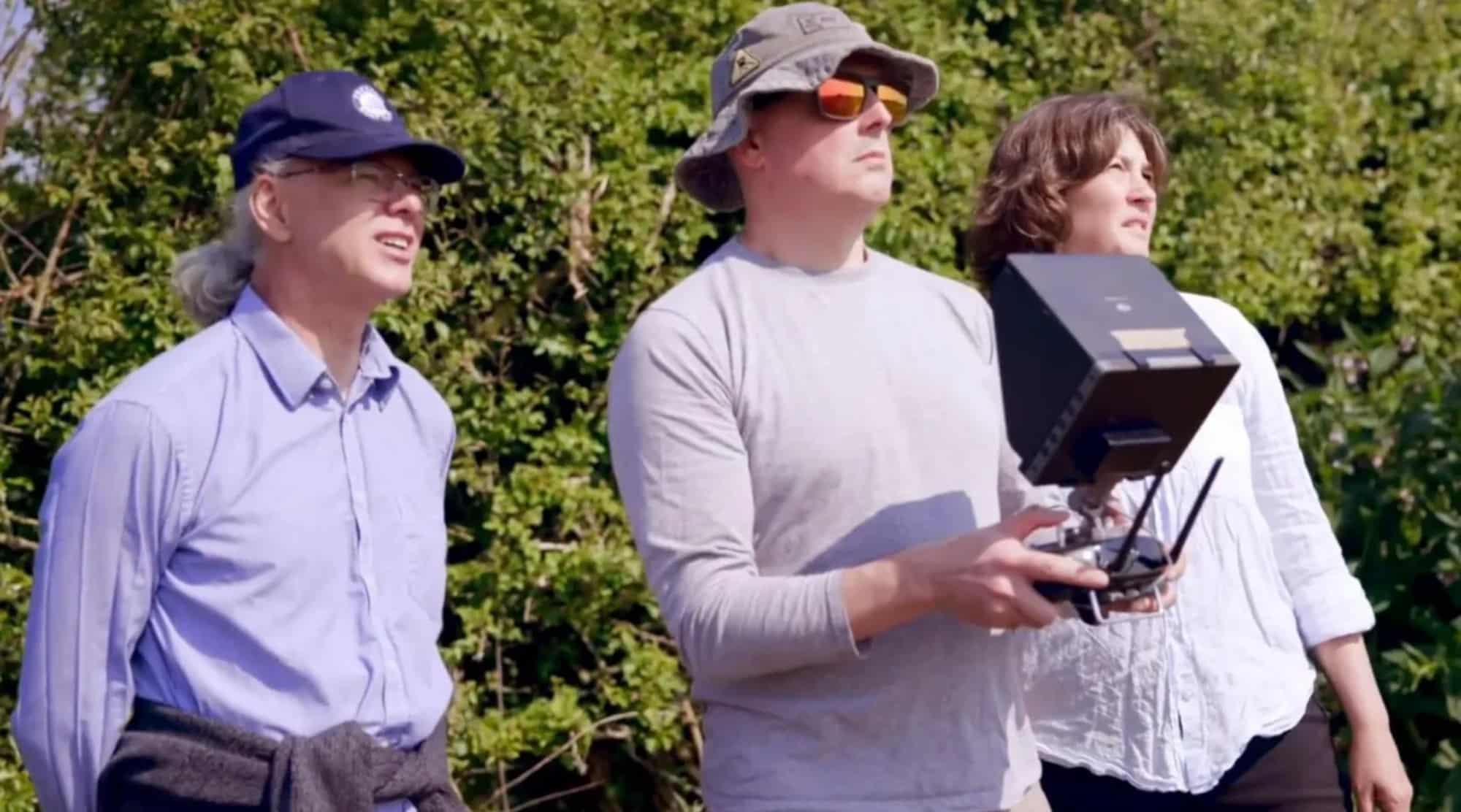
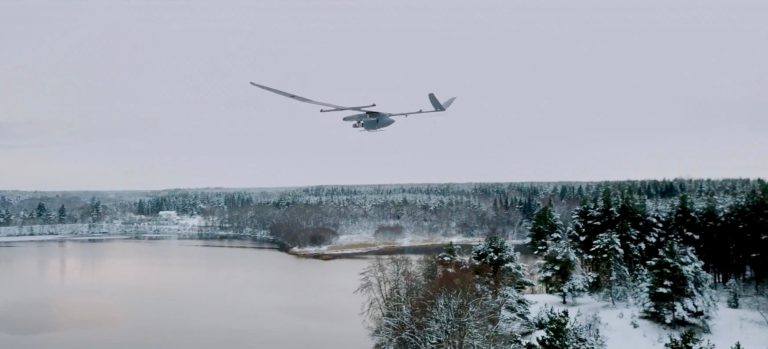
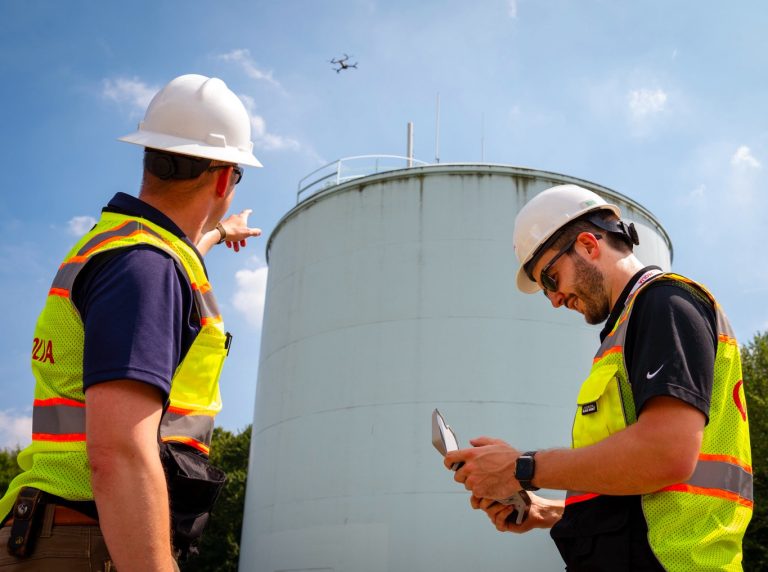





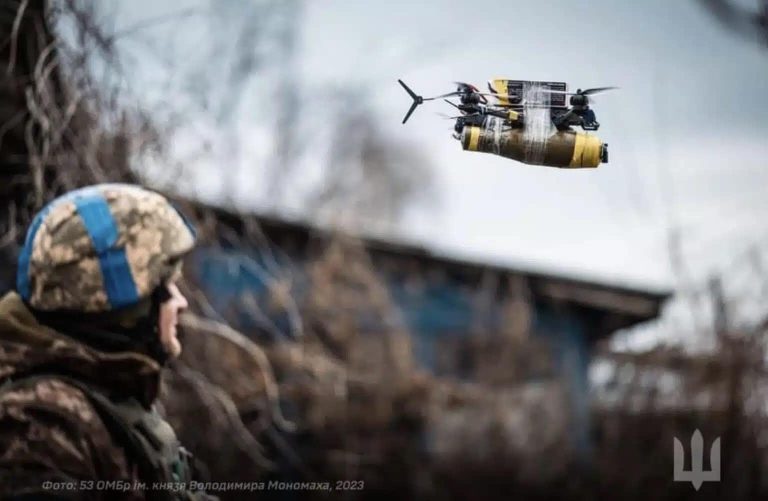


+ There are no comments
Add yours